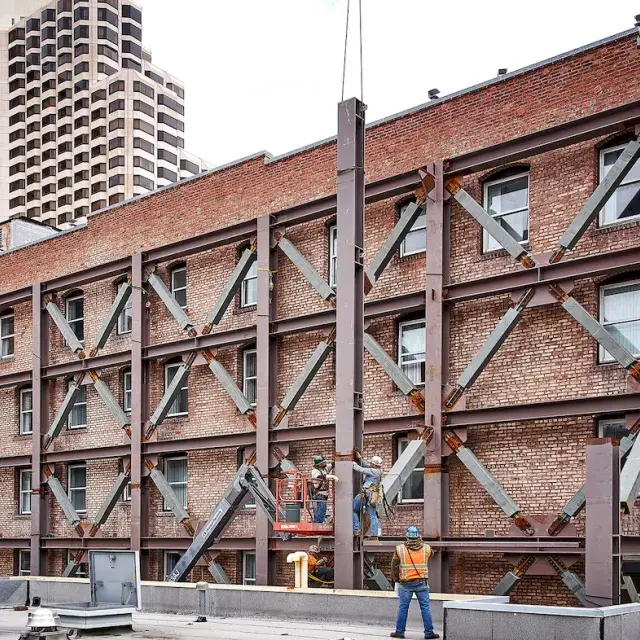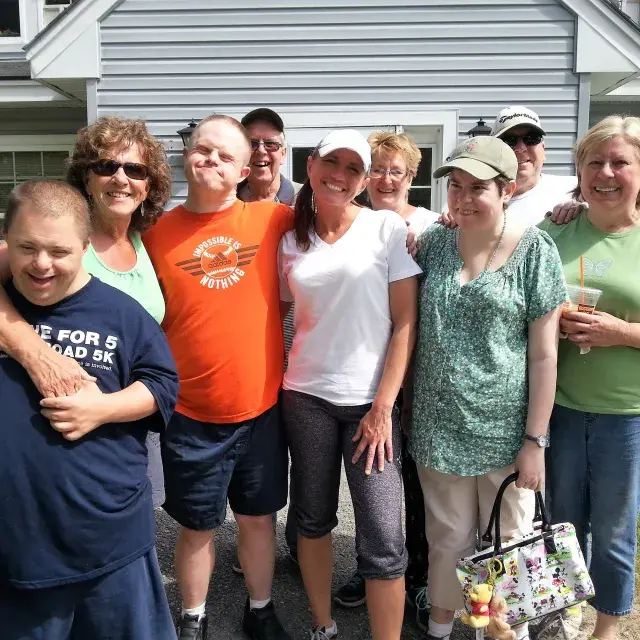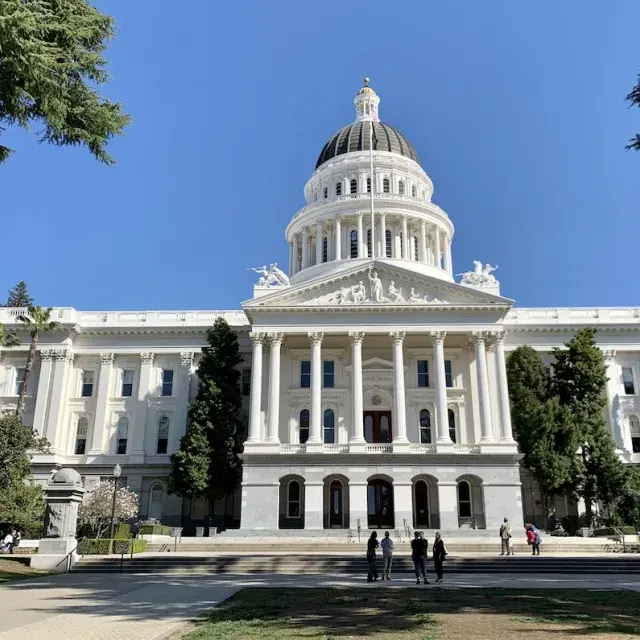This article is part of a blog post series, Policy Actions for Racial Equity (PARE), which explores the many ways housing policies contribute and have contributed to racial disparities in our country.
In the early days of the pandemic, it was clear that access to stable and uncrowded housing would be key to mitigating the spread of Covid-19. But with simultaneous record-breaking declines in employment, especially among low-wage workers, ensuring everyone had a home in which to ‘shelter-in-place’ looked like a daunting task. Predictions of an “eviction tsunami” soon followed, and with it concerns of the impact it could have, especially for Black, Indigenous and other people of color (BIPOC) renters who were disproportionately impacted by layoffs and income reductions.
A “Return to Normal”
Two years later, the American psyche has shifted its focus on a return to normal. And while it may seem easier to go back to the old way of doing things, it’s critical to remember that our pre-pandemic “normal” included a system in which 3.7 million evictions are filed every year. Other examples of so-called normal included:
- Annually, an estimated 1.5 million U.S. households received an eviction judgment, impacting nearly 3.8 million individuals. Many more illegal evictions took place outside the courtroom, and informal evictions – in which residents voluntarily leave to avoid an eviction record – were a common occurrence across the country.
- Black renters were nearly twice as likely to receive a filing as white renters and had the highest average rate of eviction filings and eviction judgments among any race or ethnicity.
- Renter households headed by BIPOC were more likely to spend more than half their income on rent (27% versus 21% of non-BIPOC renters), a key indicator of housing instability.
- A deepening racial homeownership gap near its highest point in 120 years.
The communities we serve are not interested in returning to that normal. Doing so would signal our failure as an industry to learn from past mistakes and address disparate housing outcomes for communities of color.
The Tsunami That’s Been There All Along
Although many housing experts were wise to warn of an “eviction tsunami” at the start of the pandemic, it may have been more accurate to warn of a returning eviction tsunami. The pace of evictions before the pandemic was already causing damage to families and communities, leading to long-term housing instability and increased risk of experiencing homelessness for millions each year. To think of evictions as a crushing wave of households at imminent risk of losing their homes is to describe business as usual in most housing courts before 2020.
Indeed, the patchwork of eviction moratoria and emergency relief provided was the real unexpected shock to the system, breaking the cycle of high eviction rates to help stem the spread of the virus. Unless similarly decisive and effective action is taken to ensure equitable access to safe and affordable housing remains available, however, a return to high and racially disparate evictions rates is inevitable.
A Door Opens (But It’s Quickly Closing)
The actions taken at all levels of government to protect households from evictions and provide critical housing supports facilitated a pause in evictions at a crucial time in the pandemic. Even after the federal eviction moratorium ended, the historic $46.5 billion federal investment in Emergency Rental Assistance (ERA) allowed hundreds of thousands of renters to eliminate their eviction risk by paying their back due and prospective rent. This assistance – along with a patchwork of state and local eviction moratoria and backlogs in eviction courts delaying some filings – has continued to offer a small reprieve from evictions in most places.
But across the country, eviction moratoria have expired, ERA funds are quickly running out and evictions are on the rise. The loss of this support is, predictably, disproportionately impacting BIPOC renters, who are still nearly twice as likely as non-BIPOC renters (40% versus 22%) to report no or slight confidence in their ability to pay next month’s rent. And while eviction filings are still below pre-pandemic levels, they will not remain that way for much longer. Without swift action to address this need, we will surely return to our old normal of racial disparities in housing instability and community displacement.
We thus have a critical but shrinking window of opportunity to redesign the eviction process, from ensuring that residents have access to support and legal representation during the eviction process to providing a soft landing that averts homelessness for people who are ultimately evicted. This also includes considering how expansion of pre-eviction diversion efforts and access to quality, affordable housing can help alleviate the need for judicial interventions in the first place.
Now is the Time to Act
Enterprise has catalogued a comprehensive range of policies and programs in our eviction prevention roadmap that governments, courts and advocates can pursue to systematically change the eviction process with equity and stability in mind.
One of the most powerful strategies to prevent eviction is through diversion programs, which are court or court-adjacent initiatives aimed at diverting cases from the courtroom into alternative settings where mediation or negotiation can take place. In their New York Times essay, the chief justice of the Texas Supreme Court and chief judge of the D.C. Court of Appeals eloquently and easily argue that “It Should Take More Than 10 Minutes to Evict Someone,” describing the power of the courts in identifying alternatives to eviction and helping renters and landlords settle cases without an eviction judgment.
Creating a New Normal
We must act now to set our systems on a path to meaningful improvements. Fortunately, there is much that can be done to level the playing field now while we pursue long-term change.
In this moment, the stakes are very high. As state legislatures kick into full gear and begin debating how to spend budget surpluses and flexible funds made available in the American Rescue Plan Act for state and local governments to address the impacts of Covid-19, now is the time to invest in policies and programs proven to prevent eviction and stabilize housing.
An eviction crisis still looms on the horizon, though it is not some once-in-a-lifetime wave. It is a chronic flood that will return and sink millions of low-income and BIPOC households if we don’t take swift and meaningful action to prevent its recurrence.
We encourage all who believe in creating a just society to read, discuss and share the PARE blog series as we learn and act to address the impacts of housing policies on racial equity in America. We also invite you to join us in this conversation, by suggesting additional topics and sharing resources for how we can advocate for greater racial equity. If you’d like to offer feedback on our body of work, please reach out to the Public Policy team. You can also check out our blog and subscribe to our daily and bi-weekly policy newsletters for more information on Enterprise’s federal, state and local policy advocacy and racial equity work.


